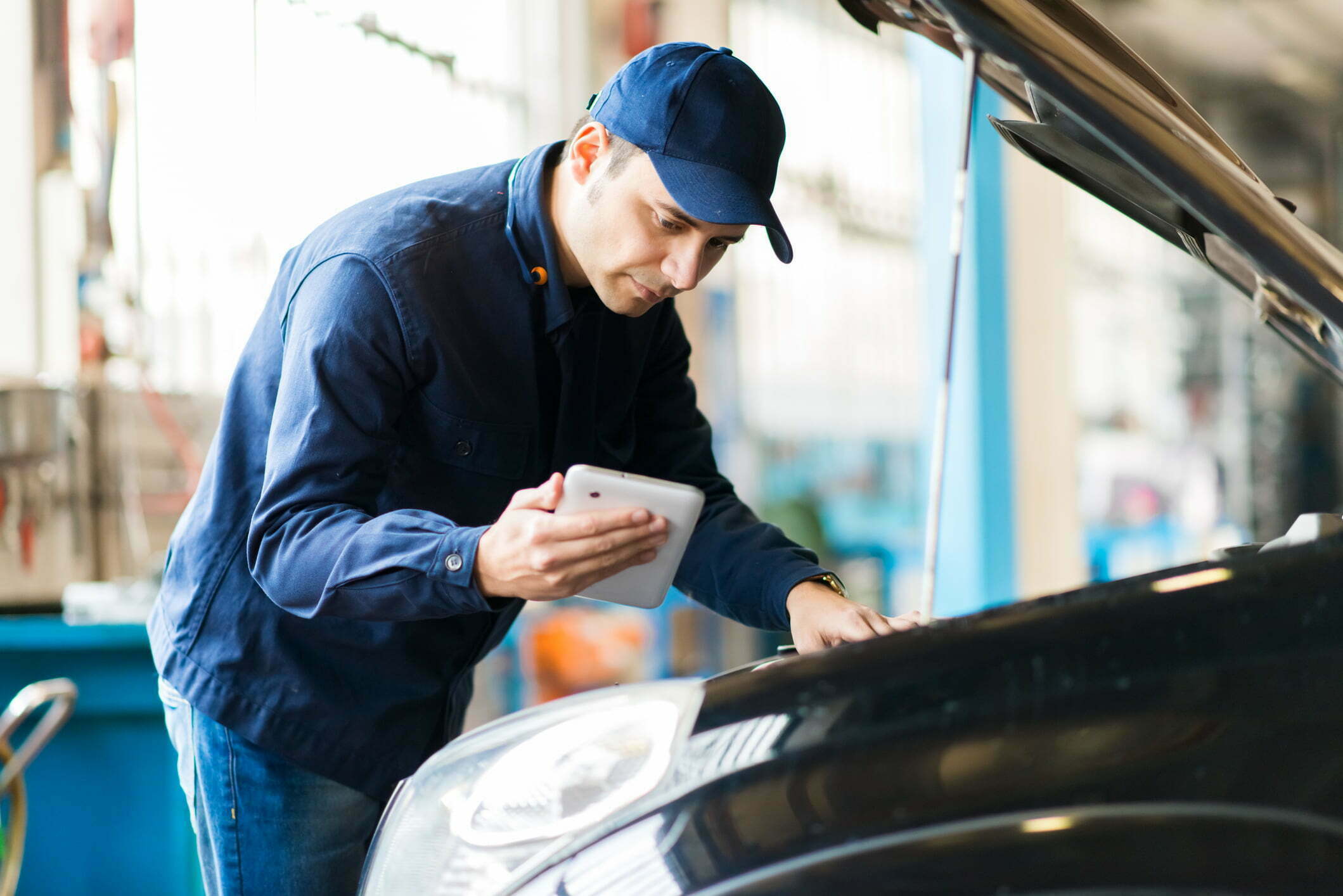We won’t quickly shrug off the effects of the COVID-19 pandemic. Even once it finally gets consigned to history, there’ll still be plenty of us hesitating when someone extends a hand in greeting. And sanitiser won’t be missing from many household cupboards for years to come.
Another effect is the increase in car sales. With social distancing now a constant nag in the back of our minds, it seems many have grown wary of public transport and are instead turning to what some deem the ultimate PPE: your own car.
An increase in car sales means an increase in people looking to get a roadworthy certificate. Basically, a roadworthy certificate is usually required when selling a car, or when re-registering a used vehicle. The point of the certificate is to minimise the number of shabby cars on our roads in the name of safety, and give confidence to buyers.
You have to be a licensed vehicle tester to provide a roadworthy certificate, which is what we at BM Tech are. Before you book your vehicle in with us, though, there are some changes Vicroads has made to the Roadworthy Certificate process that you should know about.
Changes to the Roadworthy Certificate Process
The changes to the process have mostly been aimed at protecting the person buying the car. In the past, less-than-reputable workshops have provided certificates for cars that weren’t fit for the road. To combat this, the new process involves extensive body structure tests as well as photographs to provide proof and authenticity in the preparation of the report.
Of course, this means the process takes longer and therefore costs more than it used to. Previously, it would take us around two hours to provide a RWC, but with the new regulations the vehicle in question will have to be booked in for the whole day.
It costs more and takes longer, but it’s better for the consumer and ensures that unsafe cars don’t make it to the road.
What do we check for during a roadworthy certificate process?
Here are some of the things we look at during roadworthy inspections:
Lights
When we say lights, we mean all lights. Headlights, brake lights, indicators, fog lights, even those little lights that shine on the number plate. We don’t want cracks or cloudy lenses; small details like this can lead to an automatic failure. It may seem harsh, but lights are one of the most important safety features of cars.
Suspension
Suspension matters. It’s basically the system connecting the body of your vehicle to its wheels, so it needs to be in good working order when it comes to a RWC. The main components we inspect are suspension bushes, shock absorbers, springs, ball joints and tie rod ends.
Warning signs that your suspension is in poor shape are:
- the car pulling to one side
- feeling all the bumps
- steering that isn’t as easy as it once was
- a corner of your car sitting lower than the other
- excessive nose diving or leaning back when you accelerate and brake
Tyres
We’ll check the rubber isn’t worn, the hubcaps aren’t cracked, the valve caps are still in attendance, and pressure is at the right level. We’ll also check the tread depth, which has to be 1.5mm to pass the inspection. We’ve previously written about the importance of tread depth and how easy it is to check.
Power Steering
The main thing we look for when checking the power steering is the colour of the power steering fluid. We want to see a lovely, clear amber colour, or a pinkish hue. Black fluid is a black mark, and won’t pass the inspection.
Brakes
Bit of a no-brainer. The main components of brakes that we look at are rotors and pads. You can tell that your brakes need a service if, when you press the brake pedal, it pulses under your foot or the steering wheel shakes.
Windscreen
There’s a hard and fast rule when it comes to windscreens, and that’s the tint. Vicroads has set the limit at 35% – any higher and it’s considered too dark and won’t pass due to safety concerns. Chips and cracks will need to be attended to as well. If they’re minor, you can get them repaired for a fraction of the cost of a brand new windshield.
When should I get a roadworthy certificate?
Roadworthy Certificates last 30 days, so make sure you’re ready to sell when you book the car in. Also keep in mind that we’ll need the car for a full day to complete the inspection. It’s wise to get the RWC before you start negotiating with a potential buyer, because if your car (heaven forbid) fails the test, it will drop significantly in value. In a lot of cases, this drop in value exceeds the cost of attending to the minor repairs required to pass the inspection, so it’s almost always worth it to get a roadworthy certificate.
Call the team at BM Tech when you’re ready to put your car through the ringer.
